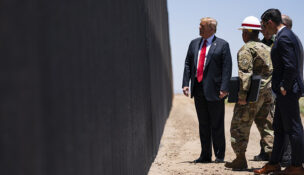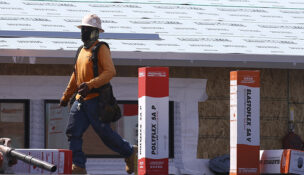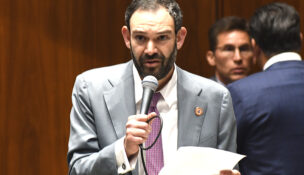63 miles of vehicle barriers curb illegal crossers, officials say
Arizona Capitol Reports Staff//May 4, 2007//[read_meter]
63 miles of vehicle barriers curb illegal crossers, officials say
Arizona Capitol Reports Staff//May 4, 2007//[read_meter]
Within a few years, vehicles driving loads of illegal immigrants or drugs through the rugged terrain of Arizona’s southwestern deserts could largely be a thing of the past. Already, 63...
No tags for this post.

















